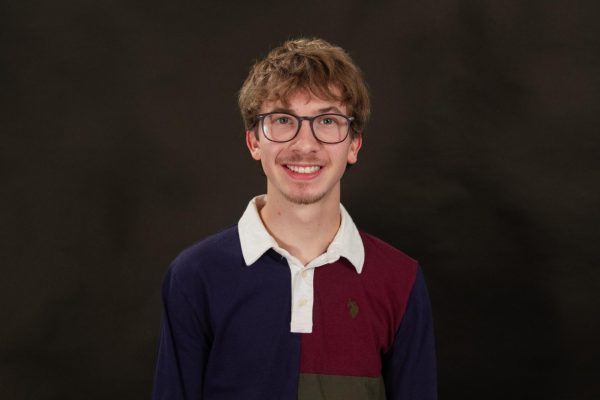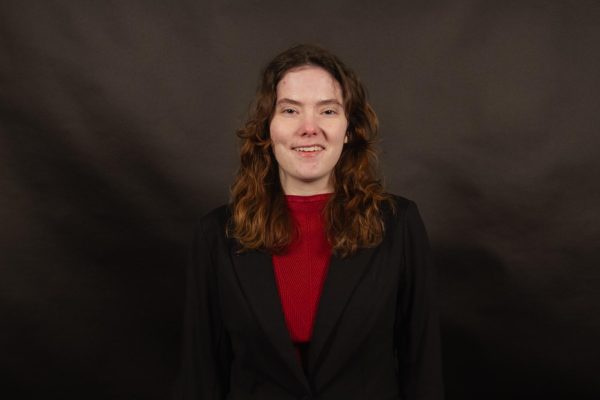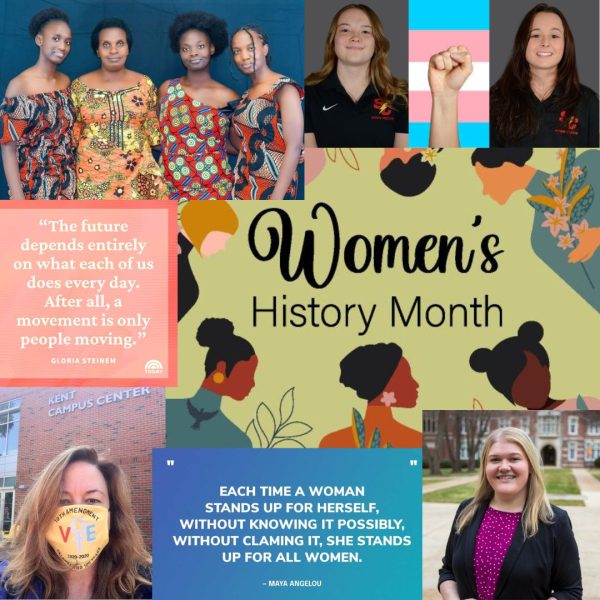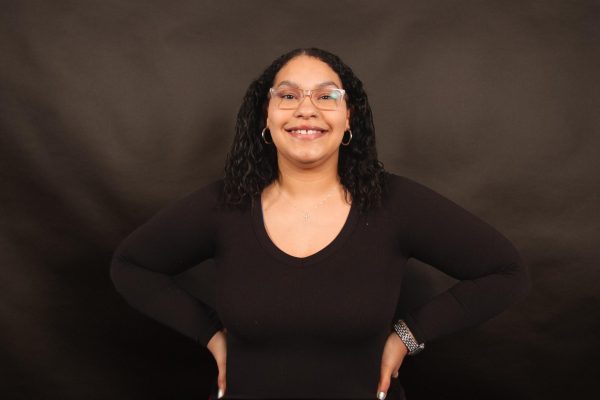Opinion: Racism is still here
February 3, 2015
Behind the controversy of the Ferguson protests, media outlets are pointing to possible underlying problems of American society that have been concentrated in the small Missouri town. They’ve analyzed the origin of economic and racial differences among the population and found the stark differences.
The first is the high density of white police in a population over the last 20 years. In Ferguson, there are 50 white officers and only three African American.
The reality is that the town in St. Louis County is evident of the rest of the United States. A graph in The Washington Post showed recently that in 29 major U.S. cities, the proportion of white officers regarding the white population is five times higher. For example, in one city there are five white cops for every citizen of the same color skin. In 27 other cities, the proportion drops to three-to-one.
In Baltimore, for example, while 28 percent of the population is white, the police have 46 percent white members in their forces. The problem starts when statistics show African Americans die seven times more than white people from attacks with firearms, which is leading many experts to believe that the U.S. judicial and police system is not entirely fair.
In fact, civil rights activists in St. Louis reported in January that it had registered 346 police-related discrimination cases in the past four years alone. In 2013, arrests in Ferguson for traffic-related offenses included 483 black and 36 white detainees.
Gap between rich and poor
Still, despite the racial battles, Ferguson is emerging as one of the clearest understandings that there is another factor that seems equally or more decisive than the resurgence of racism in the region: the gap between rich and poor.
According to the U.S. Census Bureau Data, between 2000 and 2010-12 unemployment in the town grew from five percent to 13 percent, while the rate of poverty among the population doubled over the same period time. Moreover, poverty was distributed among the poorest neighborhoods.
Again, the situations in St. Louis County and the city of Ferguson are not isolated cases. In the 100 largest U.S. cities, the number of districts with more than 20 percent of poverty doubled between 2000 and 2008. Specifically, the increase in poverty was higher in neighborhoods that were already poor and, again, affected more of the black population.
The violence has intensified
Despite attempts by President Barack Obama to ease tensions in Ferguson, the last few months have been the most violent. The second night curfew, imposed by the Gov. of Missouri, Jay Nixon, did not help the protests and would continue the next month. The protests became more violent in time with Molotov cocktails and weapons used by the civilian population.
As a last resort, Nixon deployed Missouri National Guard to stop the rise of the riots while Obama has been forced to meet with the head of the Department of Justice, Eric Holder, to find possible ways of exit.
When Obama won the presidential election in November 2008, many people harbored the hope that at last the suffering caused by racism could meet its end and all citizens may exercise their rights on equal terms. But in the unfortunate reality, presidential term polls show that over 70 percent of blacks believe this scourge not only remains a problem but also has worsened. The murder of young Michael Brown by a police officer in Ferguson is one of the most painful and brutal examples in recent past.














